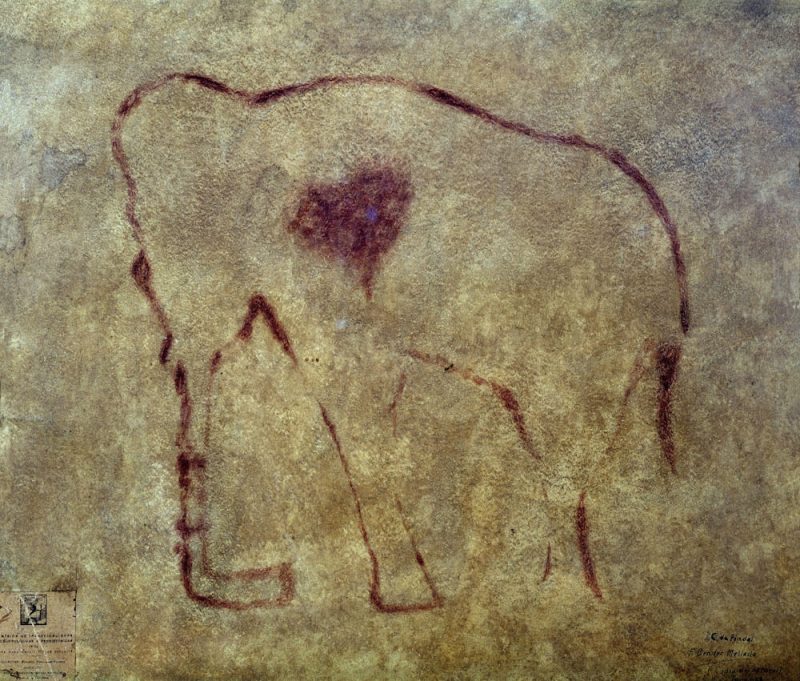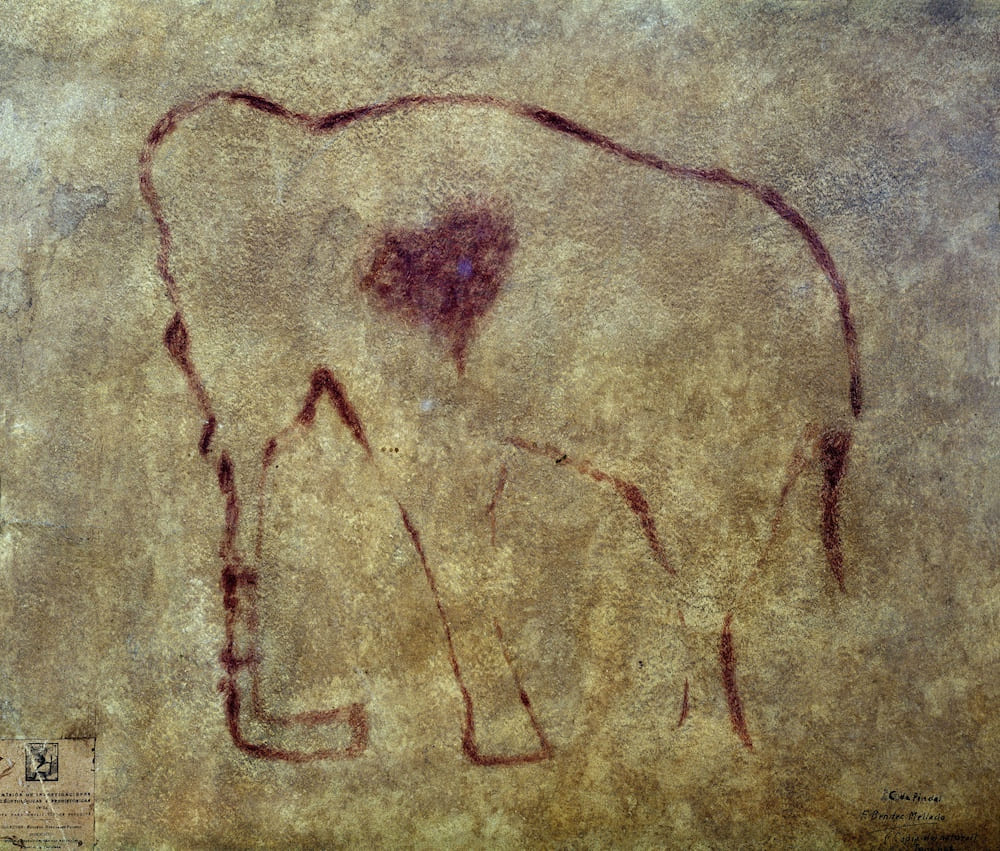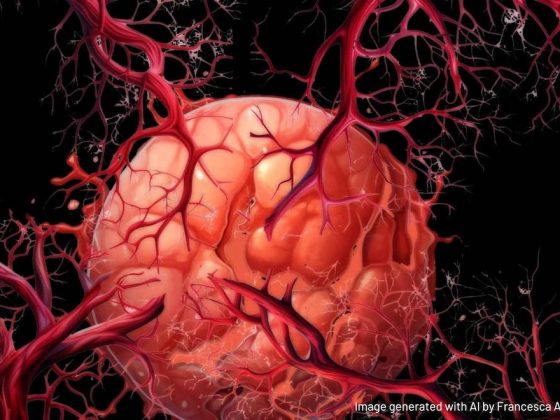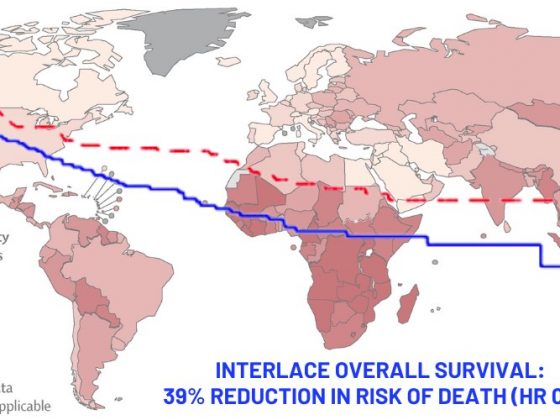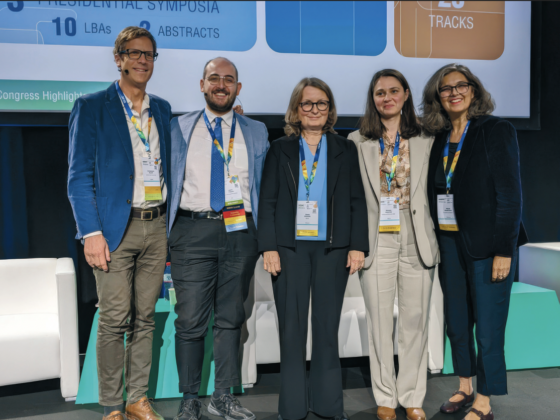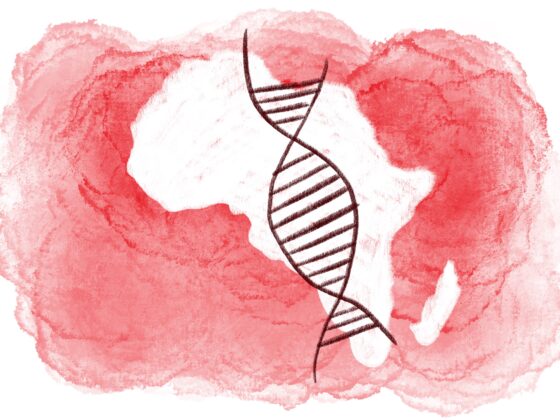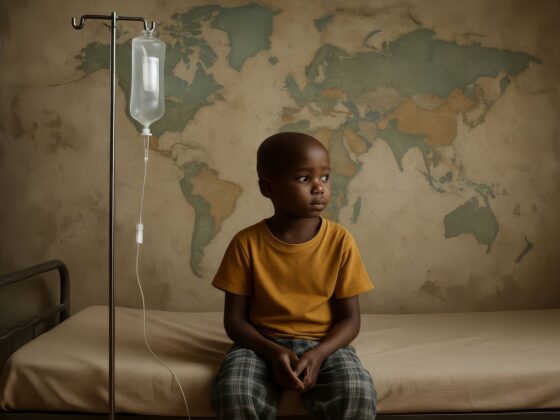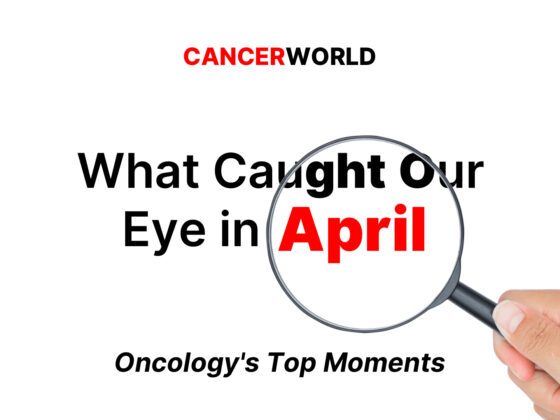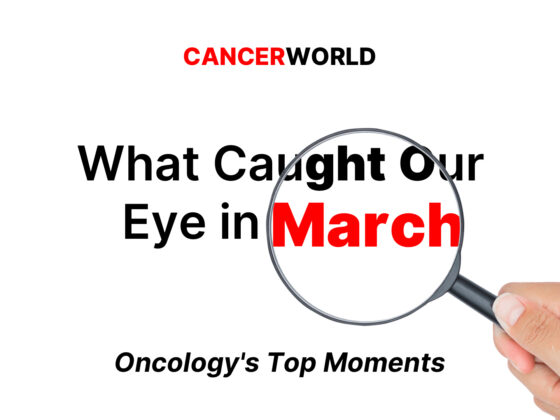The history of our understanding of the cardiovascular system is long and fascinating. As we gather from cave paintings, the Palaeolithic bowmen already knew that they should aim at the heart of the prey for an efficient kill.
The earliest known description of the circulatory system can be traced back to Ancient Egyptian medical papyri, such as the Edwin Smith Surgical Papyrus (17th century BC) and the Ebers Papyrus (1550 BC). Indian Ayurveda medical texts, such as the Vagadasastir, highlighted the vascular system’s significance for health. Greek thinkers made significant contributions in this field of anatomy. Around 500 BC, Alcmaeon of Croton made pioneering observations during animal dissections. He discerned that arteries and veins exhibited distinct characteristics. In the 4th century BC, Aristotle described the human heart’s structure and function, proposing the idea of blood vessels extending from the heart throughout the body. Herophilus, around 300 BC, dissected human cadavers, confirming differences between arteries and veins, and dispelling the belief that arteries were ‘air ducts’, as previously believed (arteria meaning ‘windpipe’). Hippocrates of Cos (ca 460–370 BC) made intriguing observations of tumours associated with swollen and tortuously arranged blood vessels, resembling crab claws. It was this appearance that led the Ancient Greeks to coin the term ‘crab’ – karkinos – to refer to such tumours. The Romans followed suit, using the Latin word for crab, which is ‘cancer’.
In the second century CE the Roman Greek physician Galen posited a dual circulatory system concept in which blood was produced in the liver and distributed throughout the body. Just like many of Galen’s propositions, his theory of the circulatory system remained basically unchallenged until the Islamic Golden Age (8th–13th centuries). One of the prominent figures in contrasting Galen’s ideas was the Persian physician and scientist Ibn al-Nafis. In the 13th century, he proposed a more accurate concept of the circulation of blood, suggesting that the right ventricle of the heart sent blood to the lungs for oxygenation and the left ventricle pumped oxygenated blood to the rest of the body. Ibn al-Nafis’ contributions established the foundation for a more precise comprehension of the cardiovascular system, and in modern times earned him the title of ‘father of circulatory physiology’. The Renaissance era contributed to improved anatomical knowledge through advancements in dissection techniques, but the exact functioning of the circulatory system remained elusive until the 17th century, when William Harvey’s groundbreaking work revolutionised cardiovascular science, demonstrating continuous blood circulation through the heart and blood vessels.
In the mid-18th century, the prince polymath Raimondo di Sangro enlisted the services of a Sicilian physician, Giuseppe Salerno, to create two models – of a man and a woman – that would offer a comprehensive view of the entire circulatory system. The Anatomical Machines, as they are called, are still on display in the San Severo Chapel in Naples. They show such an exceptional precision in replicating the entire vascular system that, for a long time, they were thought to be real human bodies, whose blood vessels had been injected with some form of embalming fluid. Scientific investigations carried out in the past twenty years have debunked such myths. The ‘machines’ are in fact built using skeletons made with real bones and a combination of metal wire, coloured wax, and silk. Despite a number of anatomical inaccuracies, they demonstrate a knowledge of the vascular system much broader than the times were credited for.
The 18th and 19th centuries saw advancements in microscopy, blood cell studies, and diagnostic techniques like auscultation, aiding in the diagnosis of heart conditions and the understanding of blood components. The British surgeon John Hunter (1728–1793) is often credited with having coined the term ‘angiogenesis’. Although this claim is not supported by his extant work, Hunter did describe the process of growth of new blood vessels, i.e., angiogenesis, even if he did not directly use this term.
The opening illustration shows a painting of a mammoth found in a cave in Pindal, Spain. Dating back to around 10 000 BC., the painting seems to accurately depict the position of the animal’s heart, indicating they were probably aware this was the place to aim for when hunting the animal.
Image credit: Rock painting from the cave of pindal – injured mammoth Location: Museo arqueologico-coleccion, Oviedo, Spain

